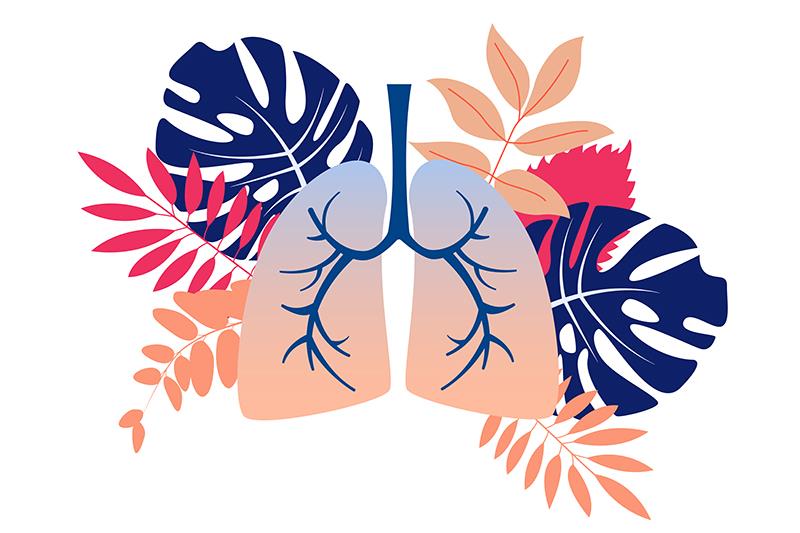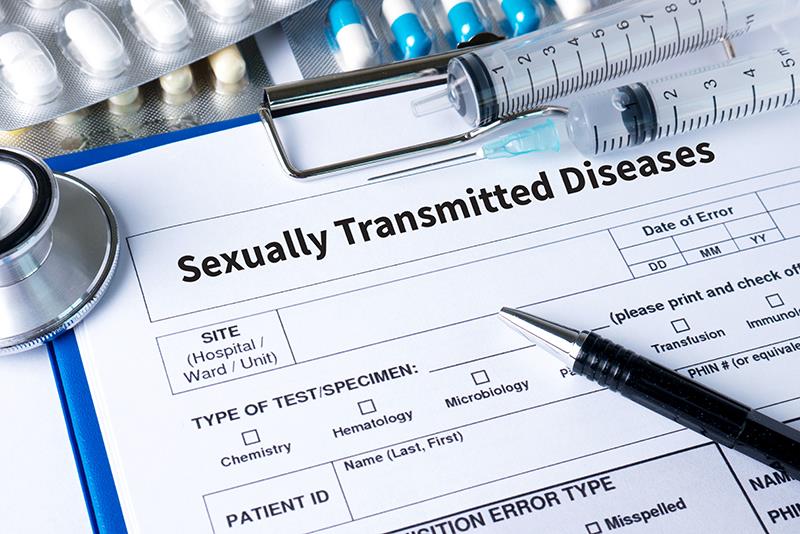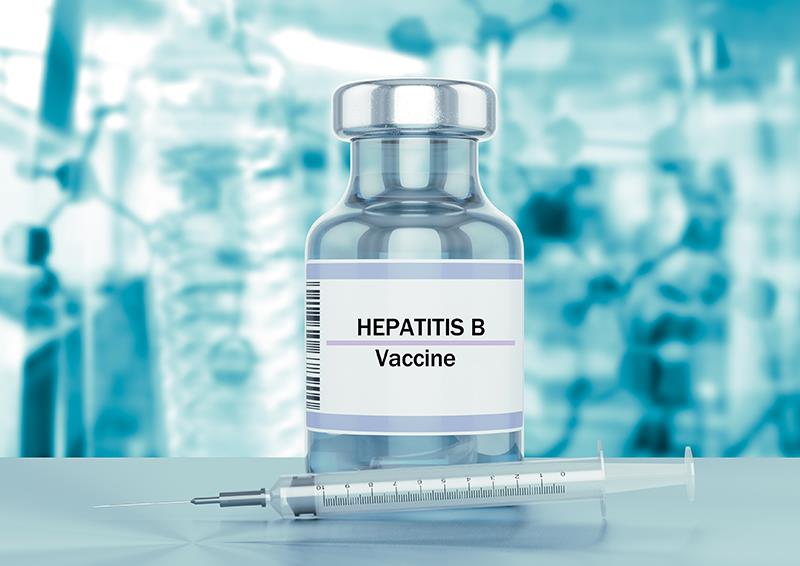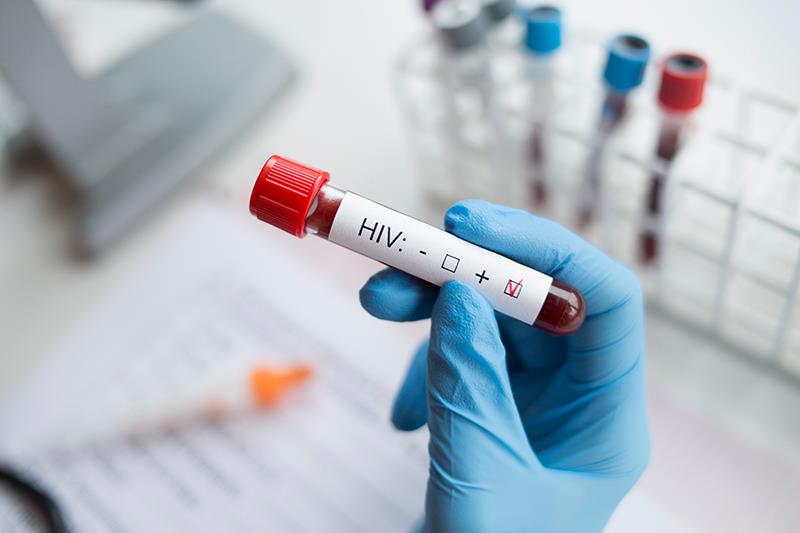Content on this page:
Content on this page:
Overview
According to the World Health Organization (WHO), at the end
of 2023, there are 39.9 million people living with human immunodeficiency virus
(HIV) worldwide. It is essential that proper antiretroviral therapy for HIV
patients be instituted to address the varied epidemic burden of HIV infection. Information
about the definition of HIV and the regional and worldwide incidence and prevalence
of this disease can be found in the Introduction
and Epidemiology sections.
 Antiretroviral Therapy for HIV-Infected Adults_Disease Summary
Antiretroviral Therapy for HIV-Infected Adults_Disease SummaryThe hallmark of HIV infection is CD4+ T cell destruction. The Pathophysiology section describes the development of HIV infection.
Types of HIV epidemics, classification of primary HIV infection, stages of HIV infection based on western blot or immunoblot pattern and clinical staging of HIV disease in adults and adolescents are enumerated and described in detail in the Classification section.
History and Physical Examination
Initial signs and symptoms of acute HIV infection with
recent (within 2-6 weeks) high-risk exposure to HIV include fever, weight loss,
skin rash and diarrhea. Other signs and symptoms are enumerated in the Clinical Presentation section.
The History
section mentions the information to be elicited from the patient regarding the
high-risk exposures to HIV. As
stated in the Physical Examination section, a complete physical exam should be performed at the initial consultation
or as soon as possible.
HIV testing should be offered to all persons
requesting HIV testing for any reason during the initial visit. The Screening section enumerates the 5 Cs that
should be observed during screening eg informed consent, counseling,
confidentiality, correct test results, and linkage to care. This section also
features pretest counseling and consent, HIV tests to be done and post-test
counselling discussions.
Diagnosis
Blood tests, HIV tests, urinalysis are used in diagnosing
HIV. The Laboratory Tests and Ancillaries
section states the workups that may be performed for the confirmation of the
diagnosis of HIV infection.
Different respiratory, focal neurological and
abdominal manifestations should be considered in dealing with patients infected
with HIV. The Differential Diagnosis
section enumerated these manifestations.
Management
The Evaluation
section enumerates the goals of evaluation and the indications and
recommendations for starting antiretroviral therapy
in HIV infected patients. This section also discusses the assessment of
treatment failure, immunologic failure and clinical progression.
Antiretroviral therapy aims
to maintain the viral load of an HIV patient at the lowest for as long as
possible. The Principles of Therapy
section enumerates the goals of antiretroviral
therapy and discusses the initial antiretroviral
therapy in treatment naïve patients and in special populations.
Things to consider in the selection of treatment regimen and
characteristics to be considered in all patients with HIV are enumerated in the
Pharmacological Therapy
section. This section also shows the recommended antiretroviral drug regimens
for most patients with HIV and in certain clinical situations. Discussions of
the antiretroviral agents used in integrase strand transfer inhibitor (INSTI)-based,
protease inhibitor (PI)-based and non-nucleoside reverse transcriptase
inhibitors (NNRTI)-based regimens and nucleoside reverse transcriptase
inhibitors (NRTIs) are also in this section.
HIV transmission Prevention
strategies are discussed in detail in this section.
Tests and factors that should be assessed during follow-up
sessions of patients ineligible for antiretroviral
therapy and those currently on antiretroviral
therapy are discussed in detail in the Monitoring
section.












